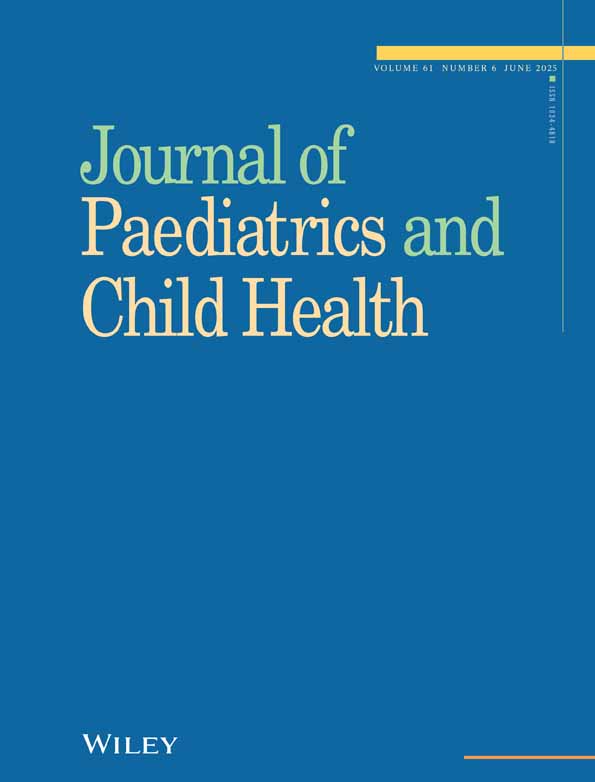The Burden of Paediatric Supracondylar Humeral Fractures Admitted Within a Health Region in New Zealand
Funding: The authors received no specific funding for this work.
ABSTRACT
Introduction
Supracondylar humeral fractures (SCHF) comprise the majority of all paediatric elbow injuries and most require surgical intervention. This study determines the incidence and outcomes of SCHF in children of all injury severities admitted to hospital over 10 years in a health region of Aotearoa New Zealand (AoNZ).
Materials and Methods
Retrospective data from Te Manawa Taki (TMT) Trauma Registry was extracted for all paediatric trauma hospitalisations (aged 0–14 years) with SCHF from 1 January 2012 to 31 December 2022. Patients with SCHF were identified using the International Classification of Disease-10 primary cause codes. Demographic and injury characteristics with hospital costs were analysed.
Results
Paediatric SCHF (n = 1563) incidence was 73.7/100 000 (CI 61.5–85.8). Majority (62.8%) were aged 5–9 years with an incidence rate of 131.5/100 000 (CI 104.2–158.8). They were 6.6 and 2.0 times more frequently hospitalised than 10–14 and 0–4 year olds. The most common place for injury was home (40.9%) followed by school, other institution and public administrative area (32.5%). Falls accounted for 91.7% of injuries with most (52.4%) occurring at a height of less than 1 m. The majority (76.2%) of patients spent 1 day in hospital and over three quarters had operative management. Estimated hospital costs were $9 842 587 total with an average cost of $6354 per admission. There was no significant difference in annual incidence over time.
Conclusion
Paediatric SCHF is a significant issue in AoNZ, particularly in those aged 5–9 years. There is a clear need for injury prevention interventions in the home and school to minimise falls and reduce healthcare costs.
Conflicts of Interest
The authors declare no conflicts of interest.




